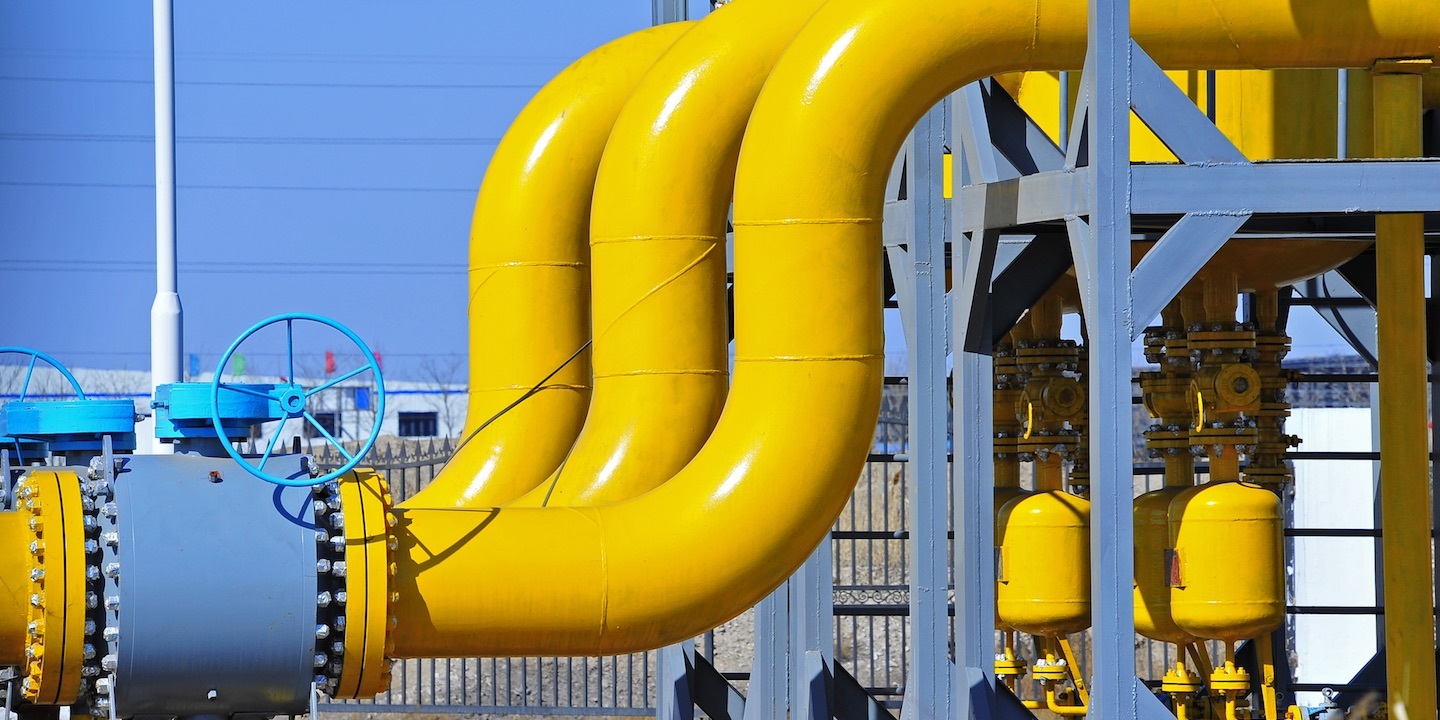In line with efforts to curb the burning of polluting fuels like mazut as feedstock for electricity generation, the National Iranian Gas Company provided 86 power plants with 62 billion cubic meters of natural gas in the previous Iranian fiscal that ended in March 2017 and hopes to raise that throughput this year, NIGC's director for gas supply said.
"NIGC is making concerted attempts to increase the volume of natural gas as feedstock to power stations to 68 bcm by the end of the current fiscal year [on March 20]," Saeed Momeni was quoted as saying by Shana on Tuesday.
"Power plants and other major fuel consuming industries have dramatically cut down on consumption of liquid fuel, especially mazut and diesel, over the past 18 months," Momeni said, adding that the more power plants run on natural gas, the more revenues are earned, as the fuel can be exported.
Pointing to environmental effects of using gas, Momeni said mazut, an eco-unfriendly fuel, accounted for 45% of power plant feedstock in 2013, but it declined to 8% in 2015 and is on its way to reach zero by the yearend, which will have a profound effect on curbing air pollution.
The government has instructed power plants and refineries to use gas instead of polluting feedstock such as mazut due to abundance of gas reserves and the rise in South Pars Gas Field output, the world's largest gas field, shared between Iran and Qatar.
The field holds an estimated 14 trillion cubic meters of natural gas, or roughly 8% of the world’s reserves and approximately 19 billion barrels of condensate in Iran's territory.
The latest published data show that Iran is now drawing more than 550 mcm/d of gas from South Pars. The volume is expected to reach 600 mcm/d by March 2018, as new phases are gradually going on stream.
"The average amount of daily consumed natural gas in different industries, namely cement, steel and petrochemical, stands at 20, 22 and 45 mcm respectively," he said, adding that NIGC delivers close to 260 mcm of gas to power stations per day.
Pipeline Transmission
According to Saeed Tavakkoli, the director of the National Iranian Gas Transmission Company, close to 102 billion cubic meters of gas have been transferred all over the country via pipelines during the first six months of the current Iranian year (started March 21). Referring to NIGTC's facilities and installations, Tavakkoli noted that the firm is equipped with 79 compressor stations, 280 turbo-compressors, 40 maintenance centers and five export and three loading stations.
Asked about the newly-inaugurated Damghan-Neka gas pipeline, he noted that the venture ensured a steady supply of clean fossil fuel to northern regions, particularly in the cold season when demand soars. The pipeline, stretching from the city of Damghan in Semnan Province to Neka in Mazandaran Province, has the capacity to transfer 40 million cubic meters of gas to the northern regions.
The project was part of an expansive network of pipelines used to transfer natural gas from the giant South Pars field in the Persian Gulf all the way to the northern regions.
Hamidreza Araqi, managing director of NIGC, recently stressed that there are no worries about supplying gas to households across the country in the cold season.
Nonetheless, as long as the culture of judicious energy consumption is not ingrained among people, supply cuts may turn out to be a serious challenge.


